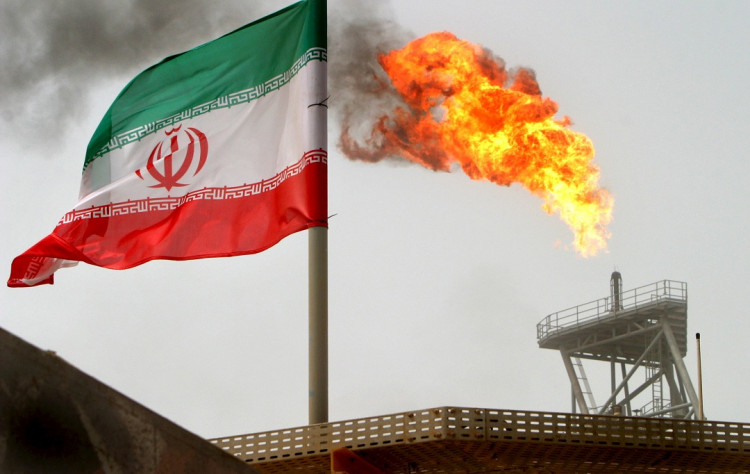Oil prices edged higher in the wake of escalating conflict in the Middle East, as concerns over potential disruptions to crude supplies weighed on the market. Investors are closely watching the impact of ongoing hostilities between Israel and Iran, which have spilled over into neighboring regions. Brent crude futures rose 0.87% to $74.54 a barrel, while U.S. West Texas Intermediate crude futures gained 1.03%, closing at $70.82 per barrel.
The Middle East conflict, particularly after Iran launched ballistic missile strikes on Israel, has heightened concerns over potential supply disruptions. The situation took another turn when Israel promised retaliatory actions, raising the stakes and the likelihood of further instability in the region. The conflict, which began between Israel and Hamas, has drawn in Lebanon and Iran, increasing the geopolitical tension and causing oil prices to surge briefly by up to 3% during the trading week.
Despite the volatility, global crude supply has remained stable so far. An unexpected build-up in U.S. crude inventories also helped ease immediate concerns, tempering the surge in prices. The Energy Information Administration reported a 3.9 million-barrel increase in U.S. crude stockpiles, exceeding analysts' expectations of a 1.3 million-barrel draw. This development suggested that global supplies could withstand short-term disruptions caused by regional conflicts.
"Swelling U.S. inventories added evidence that the market is well supplied and can withstand any disruptions," said ANZ analysts in a note to clients. While the conflict in the Middle East remains a pressing concern, experts believe that there is enough production capacity globally to offset potential shortfalls in supply, particularly from the Organization of the Petroleum Exporting Countries (OPEC).
Jim Simpson, CEO of East Daley Analytics, noted that OPEC's spare capacity could mitigate any immediate losses. "After Iran's attack, prices may stay elevated or remain more volatile for a little longer, but there's enough production, there's enough supply in the world," Simpson said.
However, traders are wary of further escalations. A potential strike by Israel on Iranian oil production facilities could cause a severe disruption, as Iran produces approximately 3 million barrels of oil per day. Such an attack would likely push oil prices higher, causing ripples throughout the global market. Giovanni Staunovo, an analyst at UBS, warned that a broader conflict targeting Gulf countries' energy infrastructure could severely strain available spare capacity. "The effectively available spare capacity might be much lower if renewed attacks on energy infrastructure on countries in the region happen," he noted.
In addition to the Middle East turmoil, market movements were influenced by signals from Russia. Russian Deputy Prime Minister Alexander Novak indicated that OPEC+ would proceed with plans to increase output starting in December, which could alleviate some supply concerns. OPEC+ has been cutting production since 2022 to stabilize prices, but recent reports suggest some members have exceeded their production quotas.
Crude futures fell from earlier highs after Novak's comments and a U.S. government report showing an unexpected rise in crude inventories. "The market had sold down over the past few months as it became clear, very clear, that OPEC+ members were cheating on their quotas," said Ed Hirs, senior fellow at the University of Houston.
Geopolitical risk remains a key driver for oil prices, as investors grapple with the potential for additional declines in Red Sea oil flows. Rebel attacks in the region, prompted by the ongoing Israel-Hamas conflict, have further complicated the situation. Goldman Sachs analysts noted concerns about the risks stemming from the region, which could lead to further supply disruptions if the conflict intensifies.






